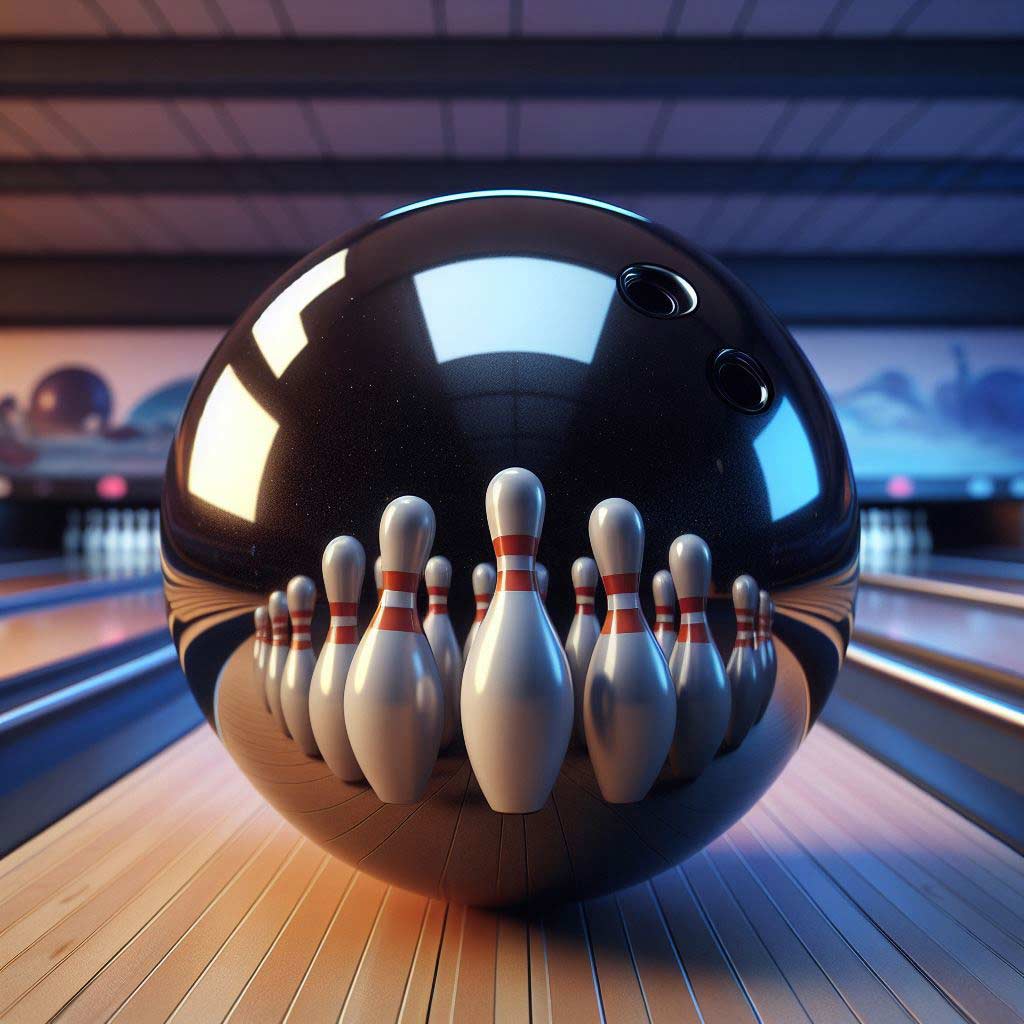In the world of bowling, one of the most crucial decisions a player has to make is choosing the right bowling ball. With a wide range of options available, from reactive resin to urethane, each type of ball comes with its own set of advantages and disadvantages.
In this article, we’ll take an in-depth look at urethane bowling balls, exploring their pros and cons to help you determine if they’re the right fit for your game.
Urethane bowling balls have been a staple in the sport for decades, and their unique characteristics have made them a favorite among many professional and amateur bowlers alike.
These balls are known for their ability to create traction on the lane, allowing for more pronounced hook potential and better control over the shot.
Pros of Urethane Bowling Balls:
Increased Hook Potential
One of the most significant advantages of urethane bowling balls is their ability to absorb lane oil and create traction. This traction results in a more pronounced hook or backend motion, making it easier for bowlers to hit their desired target zones with precision.
The hook potential of urethane balls is particularly beneficial for bowlers who rely on a strong entry angle to knock down pins. By creating a more aggressive backend motion, these balls can help bowlers achieve a higher entry angle and increase their chances of striking consistently.
Better Control and Predictability
Another significant advantage of urethane bowling balls is their consistent reaction on various lane conditions. Unlike reactive resin balls, which can sometimes be unpredictable, urethane balls tend to provide a more predictable motion, making it easier for bowlers to make adjustments and repeat their shots.
This consistency and predictability are particularly valuable for bowlers who need to adapt to changing lane conditions during tournaments or league play. By understanding how their urethane ball will react, bowlers can make the necessary adjustments to their release, line, or ball speed to maintain a consistent performance.
Longevity and Durability
One of the most compelling reasons to choose a urethane bowling ball is its longevity and durability. The urethane coverstock used on these balls is highly resistant to wear and tear, meaning that the ball can maintain its reaction for a longer period of time compared to reactive resin balls.
This durability not only translates into cost-effectiveness in the long run but also ensures that bowlers can rely on their urethane ball’s performance for an extended period, minimizing the need for frequent ball replacements or resurfacing.
Versatility on Different Lane Conditions
Urethane bowling balls are known for their versatility on a wide range of lane conditions. These balls can perform well on both dry and oily lanes, making them a valuable asset in a bowler’s arsenal.
On dry lanes, where reactive resin balls may struggle to create enough traction, urethane balls can still provide a reliable hook and consistent motion. Conversely, on heavily oiled lanes or challenging sport patterns, urethane balls can offer the necessary traction and control to navigate these conditions effectively.
Cons of Urethane Bowling Balls:
While urethane bowling balls offer numerous advantages, it’s important to consider their potential drawbacks as well.
Limited Hook Potential on Dry Lanes
While urethane balls excel on most lane conditions, they may struggle to generate enough hook on extremely dry lanes. In these situations, the ball may tend to skid more than desired, resulting in a straighter trajectory and potentially missing the intended target zone.
To compensate for this limitation, bowlers may need to consider surface adjustments or ball changes to create the necessary traction and hook potential on extremely dry lane conditions.
Deflection and Over/Under Reactions
Due to the aggressive traction created by urethane balls, bowlers may sometimes experience deflection or over/under reactions. These issues can occur when the ball encounters sudden changes in lane conditions or transitions, causing it to deviate from its intended trajectory.
Deflection can lead to frustrating misses or unexpected splits, while over/under reactions can result in leaving difficult spare combinations or missing the pocket entirely. Bowlers need to be aware of these potential issues and make the necessary adjustments to their release, line, or ball speed to mitigate these effects.
Reduced Backend Motion
While urethane bowling balls are known for their predictable motion and increased hook potential, they generally have less backend or continuation compared to some reactive resin balls. This reduced backend motion may not be ideal for bowlers who rely heavily on a strong, continuous back-end roll to achieve optimal entry angles and pin carry.
Bowlers with specific styles or preferences that favor a more pronounced backend motion may find urethane balls to be less suitable for their game, and might need to consider other ball types or cover stock options.
Limited Color/Cover Stock Options
One potential drawback of urethane bowling balls is the limited range of color and coverstock options available compared to reactive resin balls. While performance is the primary concern for most bowlers, some may prefer a wider variety of visual appeal and aesthetic choices.
Manufacturers typically offer fewer color and coverstock options for urethane balls, which could be a consideration for bowlers who place a higher emphasis on the visual aspect of their equipment.
Conclusion:
Choosing the right bowling ball is a critical decision that can significantly impact a bowler’s performance and enjoyment of the sport. Urethane bowling balls offer a unique set of advantages and disadvantages that should be carefully considered.
For bowlers who prioritize increased hook potential, better control and predictability, longevity and durability, and versatility on different lane conditions, urethane bowling balls can be an excellent choice.
However, for those who struggle with limited hook potential on dry lanes, deflection or over/under reactions, prefer more backend motion, or value a wider range of color and coverstock options, alternative ball types or cover stocks may be more suitable.
Ultimately, the decision to use urethane bowling balls should be based on a comprehensive understanding of one’s bowling style, preferences, and the specific lane conditions they typically encounter.
By carefully evaluating the pros and cons outlined in this article, bowlers can make an informed decision and choose the ball that best aligns with their game and goals.
Remember, bowling is a dynamic sport, and continuous experimentation and adaptation are key to improving one’s performance. Don’t be afraid to try different ball types, including urethane, and embrace the process of finding the perfect fit for your individual needs.





